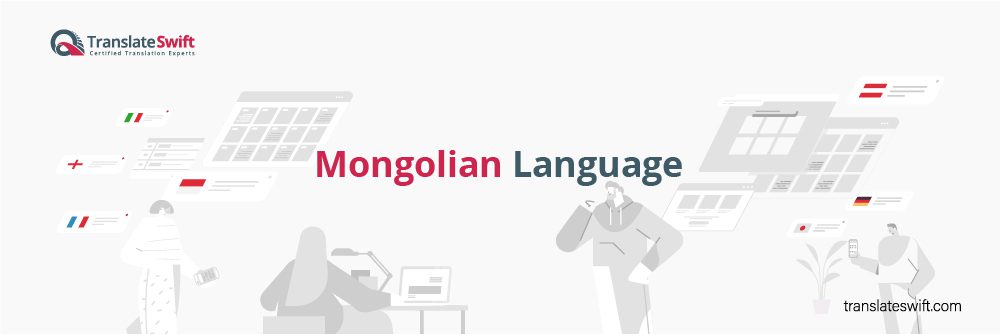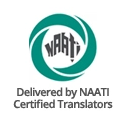
Worldwide Reach
Over 9 million people worldwide speak the Mongolian language. It also serves as the primary language of Mongolia. However, its reach goes far beyond. This is primarily because of the historical prominence of the Mongolian Empire. It also strengthens the cultural ties that bind Mongolian communities together. Descendants of Genghis Khan’s vast empire can be found in Russia, particularly in the Republic of Buryatia and Kalmykia. China, outside of Inner Mongolia, also boasts Mongolian speakers, particularly in Xinjiang.
Central Asia, with Kazakhstan and Kyrgyzstan having sizeable Mongolian populations, further strengthens the language’s regional presence. Descendants of historical migrations have established Mongolian-speaking communities across the globe. The language thrives in North America, Europe, and even parts of the Middle East. These diaspora communities hold onto their linguistic heritage through cultural events, educational programs, and online communication, ensuring Mongolian’s endurance as a global language.
Origins and Centuries-Long Evolution
The Mongolian language’s origins trace back to the vast plains of Central Asia, estimated to be around 5,000 to 6,000 years ago. Linguists believe it evolved from Proto-Altaic, a reconstructed language thought to be the ancestor of several languages spoken in the region. While the existence of Proto-Altaic itself is still unclear, Mongolian shares clear similarities with other Altaic languages like Kazakh and Kyrgyz, suggesting a common link binding them together.
Mongolian evolved over three distinct eras. Old Mongolian, spoken until the 12th century, remains partially reconstructed through comparisons with other languages and borrowed terms. Middle Mongolian, the language of the mighty Mongol Empire (13th-16th centuries), witnessed the development of the classical Mongolian script, a fascinating vertical writing system. Modern Mongolian, spoken today, emerges from Middle Mongolian. However, it has seen significant changes in vowel harmony, the introduction of long vowels, and a shift in its case system.
Cultural Significance
Mongolian serves as a cornerstone of cultural identity. It is the language of epic folktales, like the renowned “Epic of Geser,” passed down through generations. Poetry flourishes in Mongolian, with renowned figures like Dashdorjiin Natsagdorj expressing profound emotions and cultural narratives through verse.
Historically, Classical Mongolian served as a vital tool for preserving and transmitting Buddhist texts from Tibetan, Sanskrit, and Chinese sources. This role in religious scholarship emphasizes Mongolian’s significance as a language of knowledge and cultural exchange.
Script and Structure
Unlike many of its neighbors, Mongolian boasts its own unique script, the Mongolian vertical script. This beautiful system, developed in the late 12th century, is written from top to bottom and right to left. Interestingly, in the 20th century, Mongolia experimented with both a Latin-based and Cyrillic script before settling on the modified Cyrillic script used today.
Mongolian is an agglutinative language, meaning words are formed by adding suffixes to root words. This allows for complex and nuanced expressions. The language also features vowel harmony, where vowels within a word must belong to the same class (front or back).
Mongolian in the Modern World
In today’s globalized world, Mongolian faces the challenge of maintaining its continued use. However, initiatives promoting Mongolian literature, education, and media use are underway to ensure its continued growth.
The Mongolian government plays a crucial role in promoting the language, with examples like the annual Mongolian National Book Fair and emphasis on Mongolian-language instruction in schools. Technology advances are also playing an increasingly crucial role, with online resources and language-learning platforms making Mongolian more accessible to learners worldwide.
Mongolian Translation Services
At TranslateSwift, we understand the importance of preserving and promoting languages like Mongolian. Our team of expert linguists, with a deep understanding of Mongolian nuances, is here to bridge the communication gap.
Whether you require Mongolian to English translation or the other way around, TranslateSwift ensures accuracy, reliability, and cultural sensitivity in every project. We offer a comprehensive suite of translation services tailored to your specific needs, empowering you to connect with Mongolian speaking communities.
Other Languages
- English
- Spanish
- German
- Dutch
- French
- Italian
- Afrikaans
- Albanian
- Amharic
- Arabic
- Armenian
- Azerbaijani
- Basque
- Belarusian
- Bengali
- Bosnian
- Bulgarian
- Cantonese
- Catalan
- Cebuano
- Chichewa
- Chinese - Simplified
- Chinese - Cantonese
- Chinese - Traditional
- Chinese - Mandarin
- Corsican
- Croatian
- Creole
- Czech
- Danish
- Dari
- Esperanto
- Estonian
- Farsi
- Filipino
- Finnish
- Frisian
- Galician
- Georgian
- Greek
- Gujarati
- Haitian Creole
- Hausa
- Hawaiian
- Hebrew
- Hindi
- Hmong
- Hungarian
- Icelandic
- Igbo
- Indonesian
- Irish
- Japanese
- Javanese
- Kannada
- Kazakh
- Khmer
- Korean
- Kurdish
- Kyrgyz
- Lao
- Latin
- Latvian
- Lithuanian
- Luxembourgish
- Macedonian
- Malagasy
- Malay
- Malayalam
- Maltese
- Maori
- Marathi
- Mongolian
- Montenegrin
- Myanmar
- Nepali
- Norwegian
- Odia
- Pashto
- Persian
- Polish
- Portuguese
- Punjabi
- Romanian
- Russian
- Samoan
- Scots Gaelic
- Serbian
- Sesotho
- Shona
- Sindhi
- Sinhala
- Slovak
- Slovenian
- Somali
- Sundanese
- Swahili
- Swedish
- Tajik
- Tagalog
- Tamil
- Telugu
- Thai
- Turkish
- Ukrainian
- Urdu
- Uyghur
- Uzbek
- Vietnamese
- Welsh
- Xhosa
- Yiddish
- Yoruba
- Zulu
